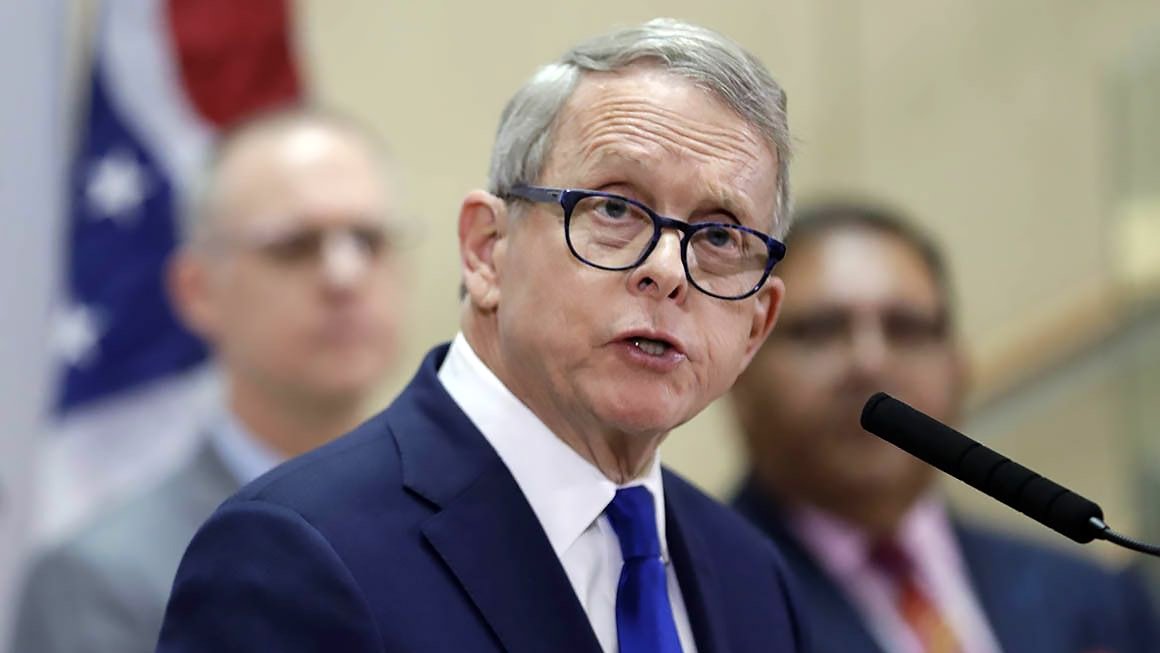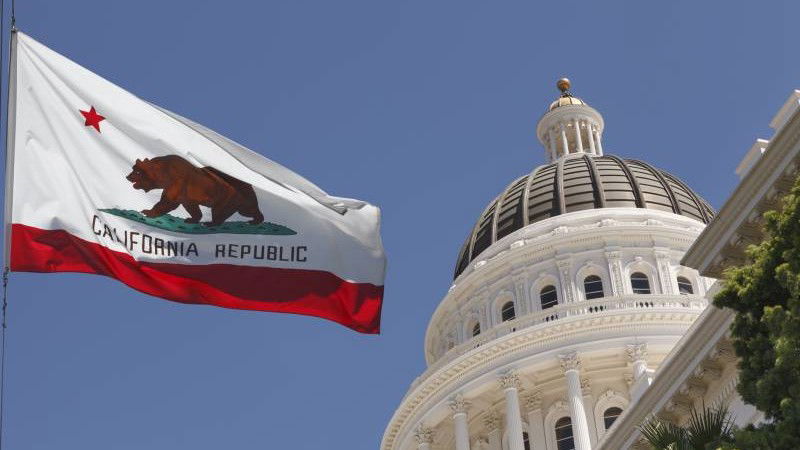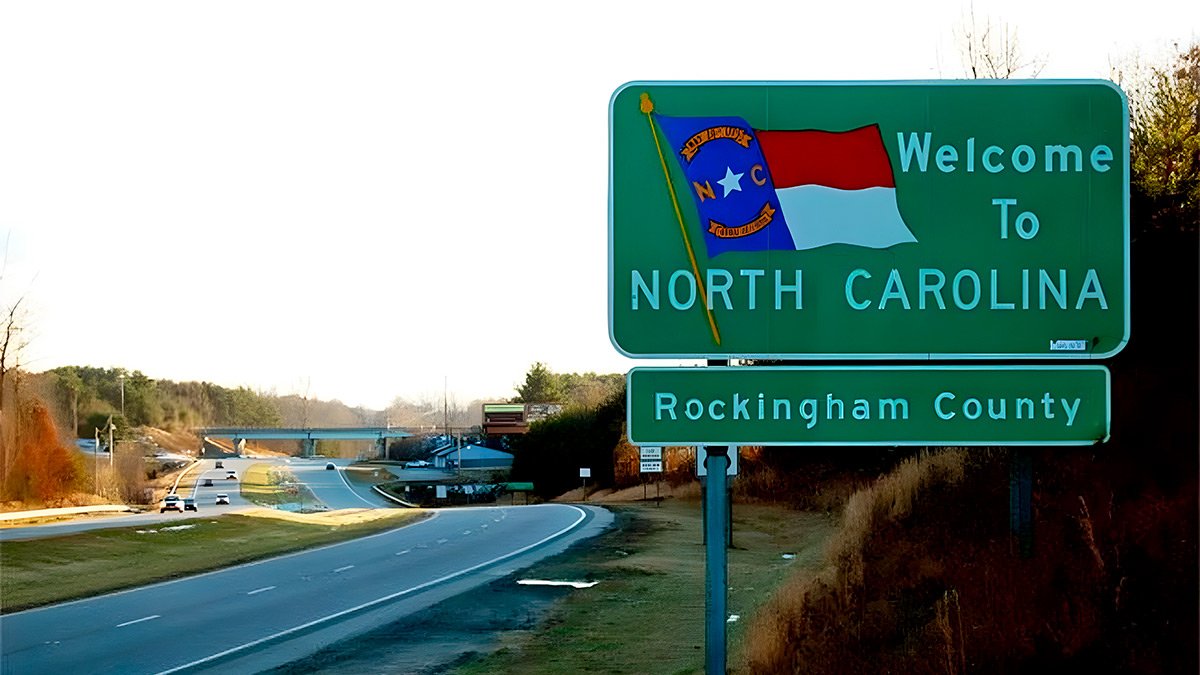Gov. Mike DeWine opposes online casino legalization in Ohio

Governor Mike DeWine has come out strongly against legalizing online casino gambling in Ohio.
“I’m not for it,” DeWine told Cleveland.com this week. “To put a casino in everybody’s hands, 24/7, is probably not a great idea. I think it will cause more pain and suffering in regards to addiction, as far as gambling addiction.”
Ohio lawmakers are currently considering two separate online casino bills: Senate Bill 197 and House Bill 298. However, neither has advanced beyond committee hearings. DeWine’s comments echoed language he has used before, most recently at a June 3 hearing for HB 298, introduced by Rep. Brian Stewart.
The ongoing debate mirrors discussions in other states. Advocates tout potential tax revenue and regulatory oversight for existing unregulated online gambling activity. Opponents, including DeWine, emphasize the dangers of addiction, the potential cannibalization of retail casinos, and broader societal risks.
When asked whether he would veto a bill if it landed on his desk, DeWine said: “I don’t usually use the ‘V-word. But, you know, I’m very much against this. I think we probably have enough gambling in the state already.”
Stewart’s HB 298 proposes a controlled rollout of online casinos by granting 11 licenses, each tied to existing Ohio casinos and racinos. It would bar companies without a retail presence from entering the market and impose a 28% tax rate on online casino revenues, higher than the 20% applied to online sports betting. The bill also includes consumer protections such as prohibiting the use of credit cards for deposits and banning online-specific promotional credits.
In contrast, Sen. Nathan Manning’s SB 197 would open the market to outside operators but impose steeper tax rates. Under his proposal, existing casinos that operate their own online platforms would be taxed at 36% and pay a $50 million five-year licensing fee. Third-party operators without brick-and-mortar connections would face a 40% tax and double the license fee.
Stewart has estimated that the bill could generate between $400 million and $800 million annually for the state.
















